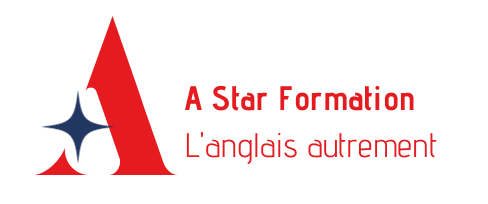love learning about learning! The neuroscience of learning is a fascinating topic, and it can tell us a lot about what works when it comes to learning a language. Let’s have a look at some brain-friendly language learning tips:
- Immerse yourself: the more you surround yourself in English, the more your brain will start thinking in English. Turn your phone onto English. Watch TV in English (with subtitles.) Put your car radio onto English. Read English.
- Practise the things you need to do in English in English: the best way to learn is to do real-life tasks as practice. That means if you speak English, you have to speak. If you have to do conference calls in English, train yourself to understand different accents, fast speech and phrases to speak up. If you need to present in English, take some presentation skills training – in English.
- Do things you enjoy. If you force yourself to read a book in English but it makes you fall asleep, it’s not going to help you.
- Microlearning, or little and often, is the best. 5 minutes every day is better then 1 hour once a week. Try a microlearning platform such as Gymglish.
- Use spaced repetition to revise and learn vocabulary.
- Personalise the language you learn. When you learn a new word or new phrase, try to apply it to your own life.
- Repetition. The more you repeat, the more your neural pathways will be defined in your brain and whatever you are learning will become automatic.
- Learn to destress. Stress inhibits learning. If you have to speak English in a stressful environment, practise until you are perfect. When you are stressed, at least what you have practised will be more automatic.
- Set achievable goals and review them. You’ll be less likely to give up on your learning journey.
- Unlearn. There are some things that you will have mislearnt- mistakes that you make very often because you did not learn the correct version in the first place – and you will have to unlearn. This takes time and you need to ask yourself how you can remember not to use a certain word or phrase.
After this, you need to find what works for you in learning. Some people like to write things down. Some people like to make logical tables, others like a more haphazard approach. Whatever works for you is good.
A word about learning styles: you may have heard that some people are auditory learners or some are kinaesthetic learners. In fact there is no such thing as an auditory or a visual learner, although you may find you favour one more than another. Everyone learns with all their senses and the more senses you use, the better you learn.
Do you want to know more about the best way to learn for your brain? Catherine is a Neurolanguage® Coach and can help you with your brain-friendly learning.


